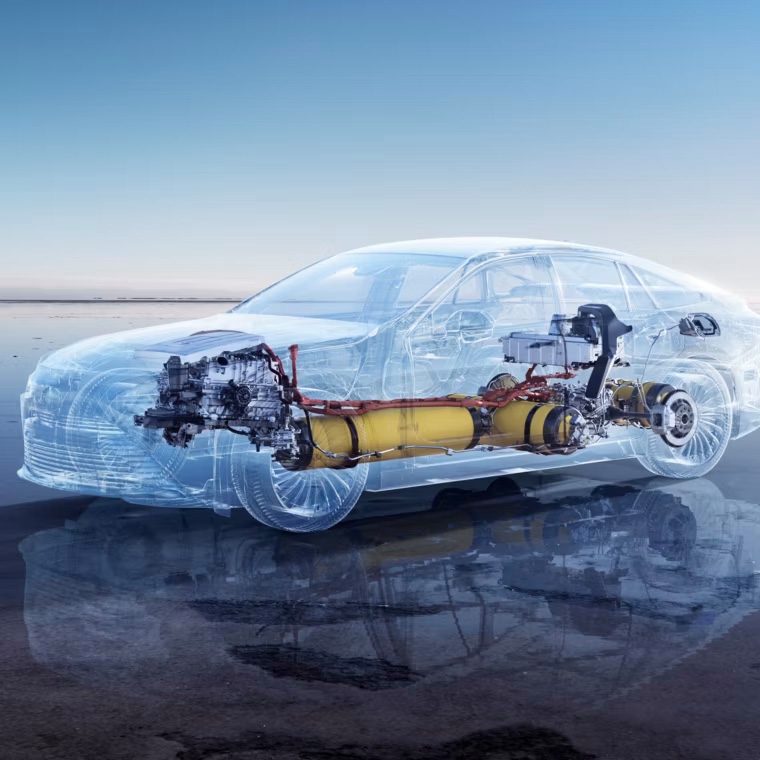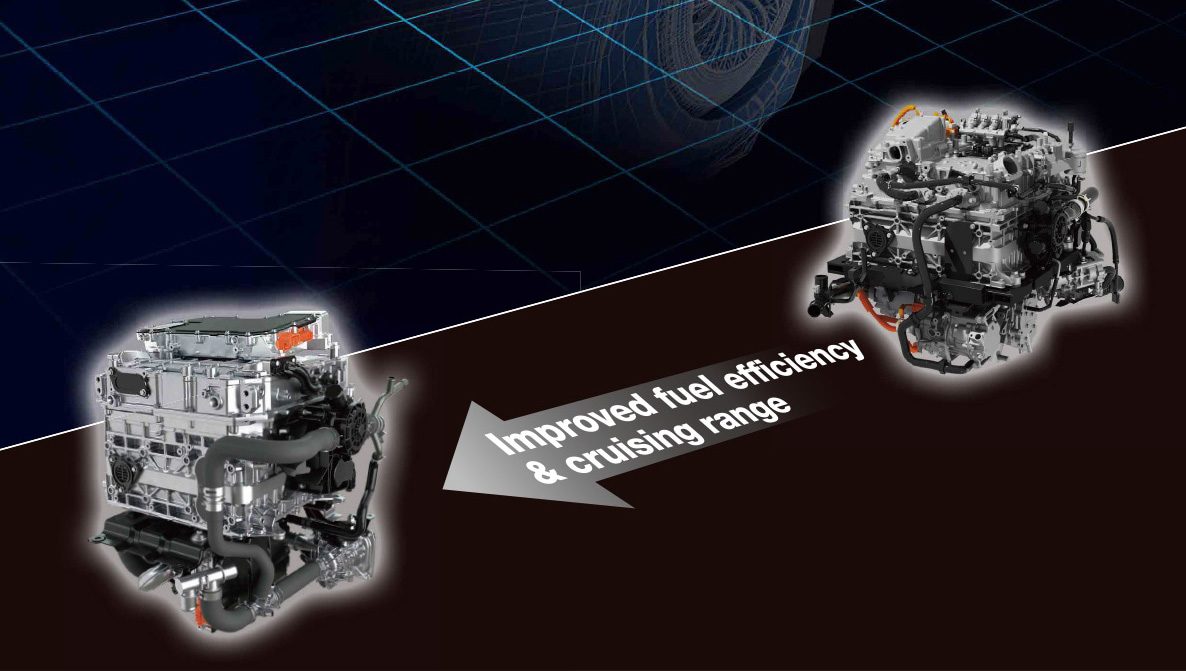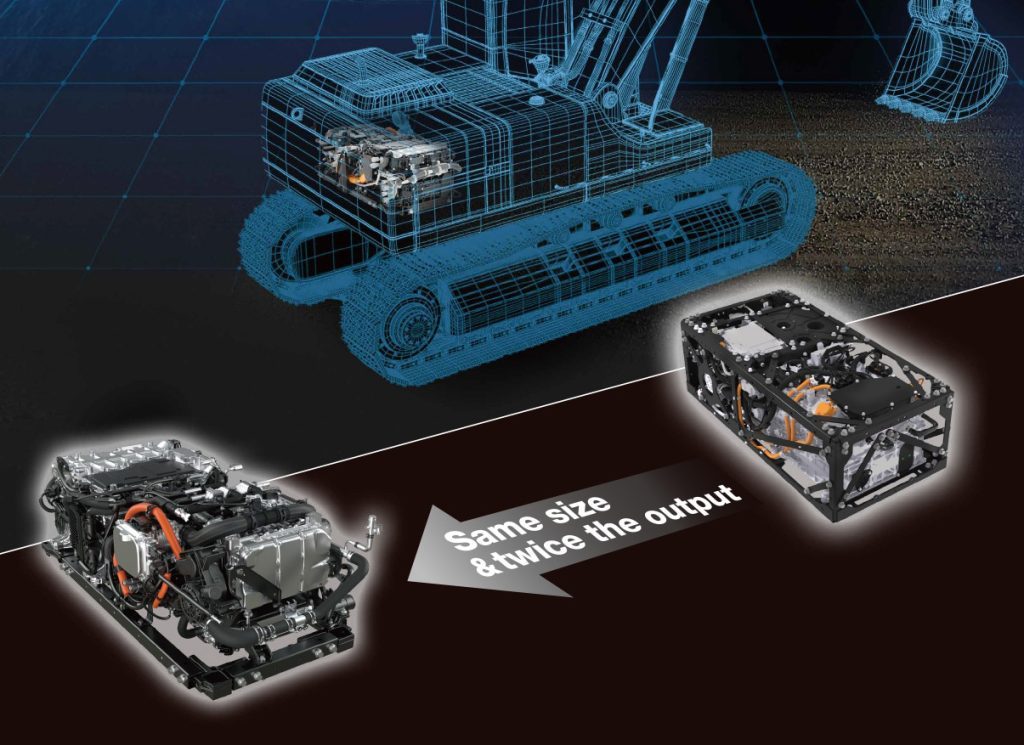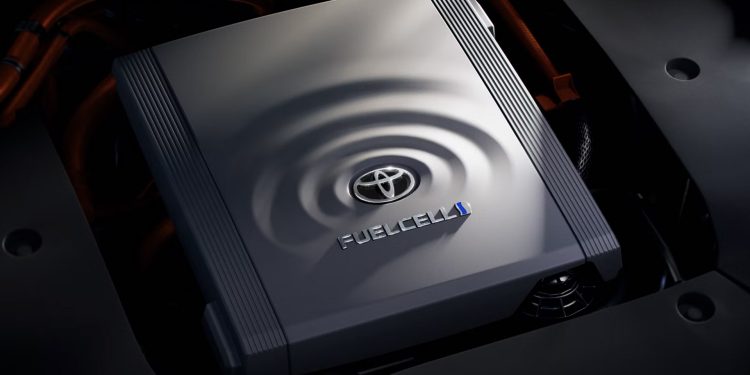Toyota reveals third-gen hydrogen fuel cell system
Words NZ Autocar | Images Toyota
We don’t hear much about hydrogen development any more. Battery EVs seem to be hogging the limelight and a recharging infrastructure is well established in New Zealand.

For hydrogen, that lack of refuelling infrastructure is the real sticking point, although the expense of fuel cell systems is also a major drawback. For the former, it is a similar situation in the UK where there are only nine hydrogen refuelling stations. Another issue is the cost of generating green hydrogen.
Read about BMW’s first hydrogen production vehicle.
Amongst the major manufacturers, Toyota remains steadfast in developing a hydrogen transport solution, as does BMW. The German is working on its first hydrogen-powered production vehicle, based on X5. It is due for release three years hence.

Meantime Toyota is demonstrating its continuing commitment to the fuel by revealing a new third-generation fuel cell system.
Toyota says it will be applicable both for passenger and commercial vehicles. The latest generation fuel cell features improvements in performance and fuel efficiency. It is also said to provide a marked reduction in production costs over its predecessor, long a sticking point.

Globally, Toyota has sold almost 30,000 Mirais. With the latest generation of fuel cell, durability is evidently twice what it was. Toyota claims a comparable performance to diesel engines and a zero maintenance design. Fuel efficiency rises by 20 per cent, as does cruising range, out to around 770km. A more compact design for the fuel cell unit means more opportunities for implementation.

Whether or not there is a new Mirai coming with this latest fuel cell system is unclear. It is likely to find greater success in the commercial vehicle sector or for stationary generators, rail and shipping applications, says Toyota.
The third-generation system is intended for European markets, North America and China.





